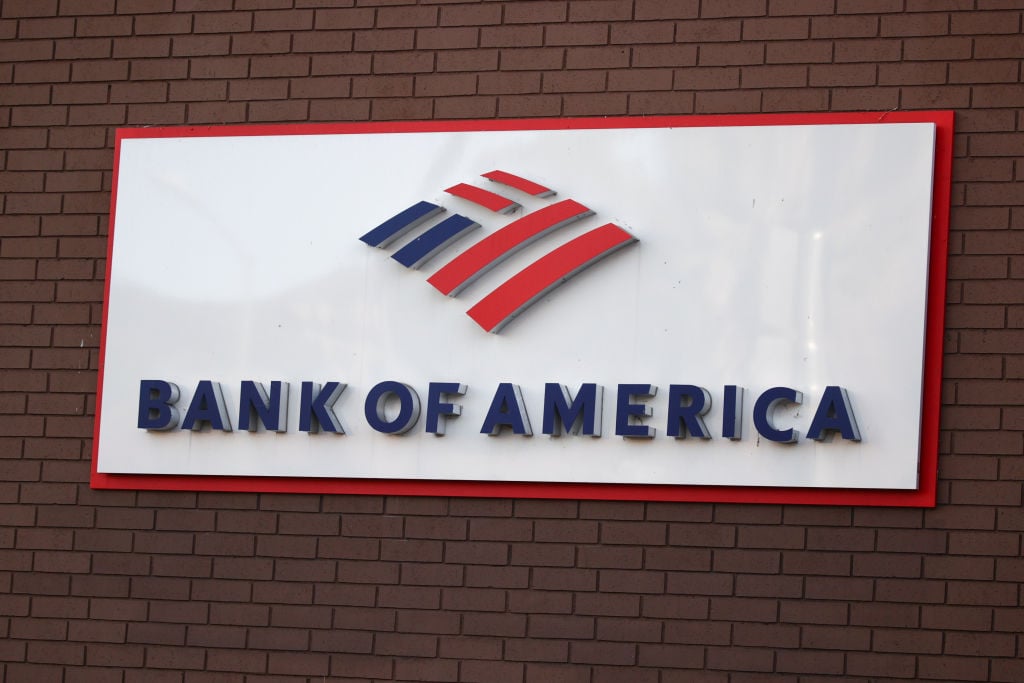Bank of America (NYSE: BAC) is a tough nut to crack. As one of the largest banks in the world and a financial institution that offers a broad array of services, fully understanding B of A is not for the faint of heart.
As we close in on The Motley Fool's first Worldwide Invest Better Day on September 25, we Fools have been writing up a storm to offer insights into how you can make better investment decisions. Earlier this week, I offered up a primer on investing in banks in general. But today, we're going to zoom in on B of A and look at a few points that can help you better understand this banking behemoth.
Management means a lot
I get it; it's easy to look at Bank of America and see the disastrous decisions that the company made during the financial crisis. Strangely, the bank by itself was probably well positioned to make it through the crisis, but then made the disastrous decisions to buy Countrywide Financial and Merrill Lynch. Both led to massive losses and nasty legal troubles for B of A.
The pre- and mid-crisis pilot at B of A was Ken Lewis, and in short, I never thought much of Lewis as a leader. Lewis always seemed far more focused on building a big bank than on building a great bank. Because that was his modus operandi, it was little surprise that not only did Lewis jump at deals during the crisis, but he jumped at two of the worst, most over-priced deals that were available. JPMorgan's (NYSE: JPM) Jamie Dimon, who negotiated bargain-basement deals to buy Bear Stearns and Washington Mutual, made Lewis look like an absolute amateur of a deal maker by comparison.
But Lewis has since been replaced by Brian Moynihan, a leader that seems a good deal more sober and judicious than his predecessor. Though investors may not have been sure what to make of the lawyer-turned-banker when he first took over, Moynihan seems to be taking a lot of the steps that the bank needs, including reversing some of Lewis-driven growth momentum and making the bank a bit smaller.
Merrill wasn't a total waste...
As ill-conceived as the Merrill Lynch buyout was, the value destruction has been done, and it's worth revisiting what the investment bank brings to the mix at B of A.
The most obvious is Merrill's financial advisory and asset management footprint. Based on a recent presentation, Bank of America now has more than 17,500 financial advisors and has added 226 new advisors through the first half of this year. Merrill Edge accounts are up 17% from last year and total assets are now at $79.8 billion. This is a very solid business that has the potential to both create and deepen B of A's customer relationships.
Maybe less noticed is the fact that B of A is now firmly among the top tier of investment banks. For the first half of this year, B of A is second in total IB fees -- its $2 billion put it just behind JPMorgan's $2.4 billion and ahead of Goldman Sachs' (NYSE: GS) $1.7 billion. Loan products are where B of A is tops (No. 1 ahead of JPMorgan and Citigroup (NYSE: C)), but its No. 5 position in mergers and acquisitions and No. 4 slot in equity offerings can be attributed largely to the Merrill pickup.
If we're to believe the current B of A mantra that it's pushing to become a more relationship-oriented bank, then having this type of increased exposure to major companies around the world via investment banking services can only help the overall business.
Whaddup with that valuation?
Prior to the financial crisis, Bank of America's stock traded at more than four times its tangible book value and nearly twice its shareholders' equity. It could be argued at the time that those were reasonable valuations because of the equity returns that B of A was earning. But that's not the case today -- lower interest rates, greater loan losses, and higher capital requirements are all constraining returns. So it'd be silly to argue for a two-times book value multiple right now.
However, I also think that the 0.5 book value multiple will prove to be too backward looking and assumes that current low equity returns will endure indefinitely. Given the banking headwinds right now, I wouldn't look for 15% to 20% equity returns, but I think the current 5% could improve to 7% to 8% without anything too crazy happening. That may not seem huge, but a return on the lower end of that range could encourage a book value multiple of 0.7 or higher, which would be pretty nice upside from the current valuation.
Keep on learning
This should give you a little more insight into the banking giant that is Bank of America, but don't stop here! The Fool has tons of great content related to Worldwide Invest Better Day focused on helping you become a better, more confident investor. To find out more, go ahead and click the bar below.








